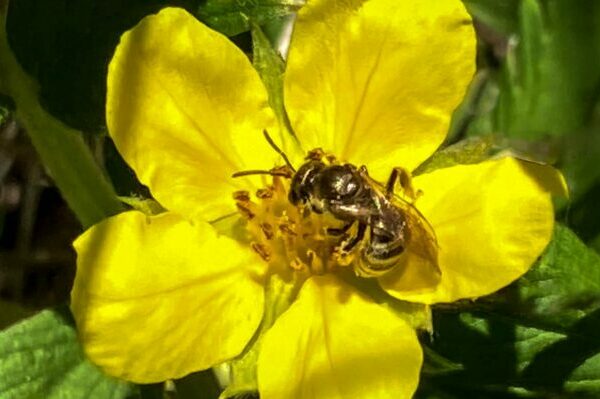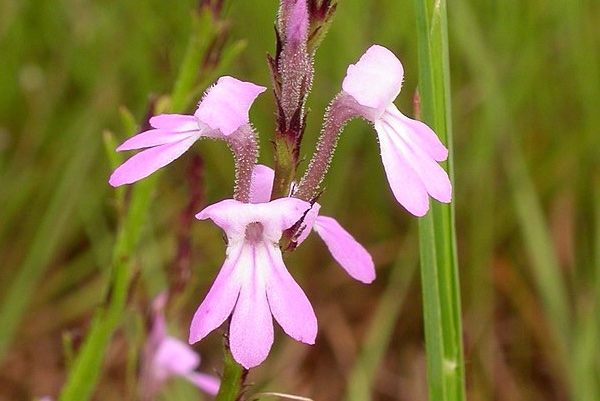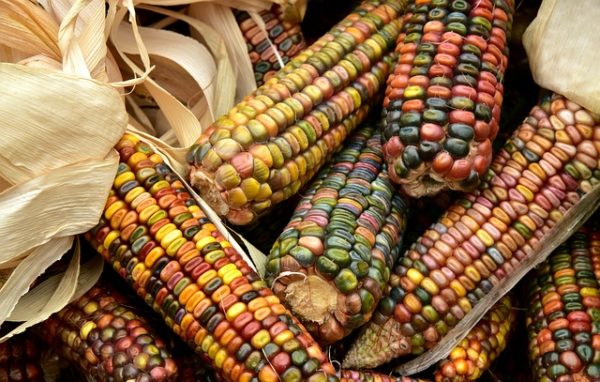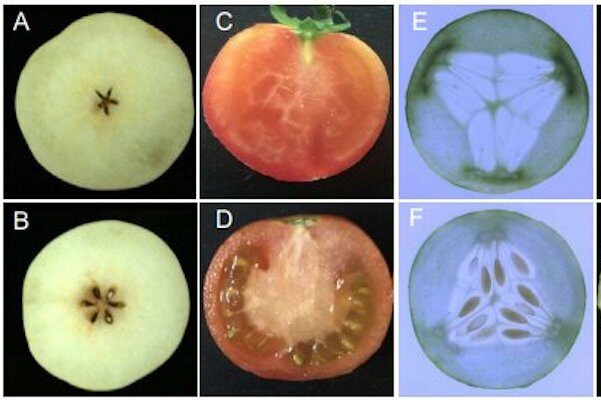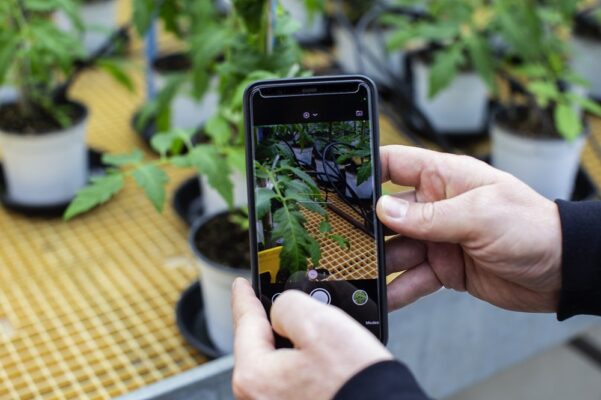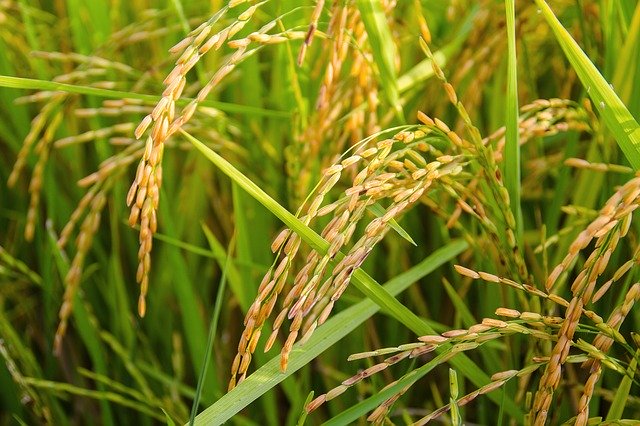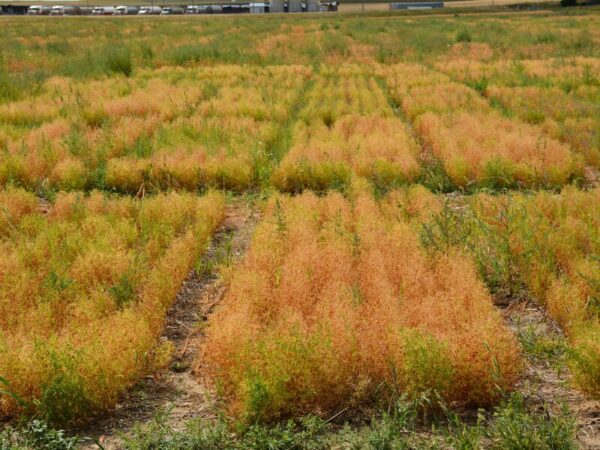
Not all lentils are created equal. Lentil genetics can affect both the quality and yield of lentil crops. Environmental factors – like rainfall and soil conditions – can also impact lentil crops. Even the same lentil variety can have vastly…
Read More



